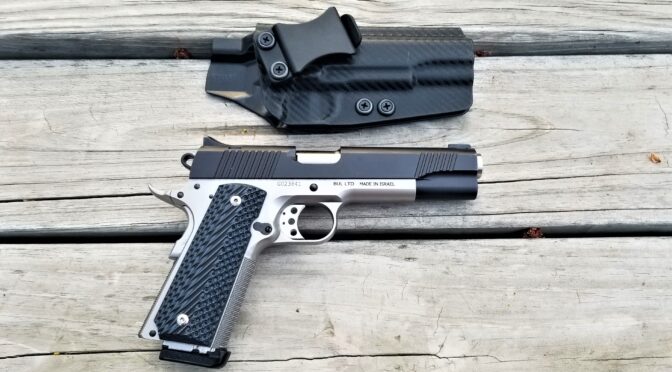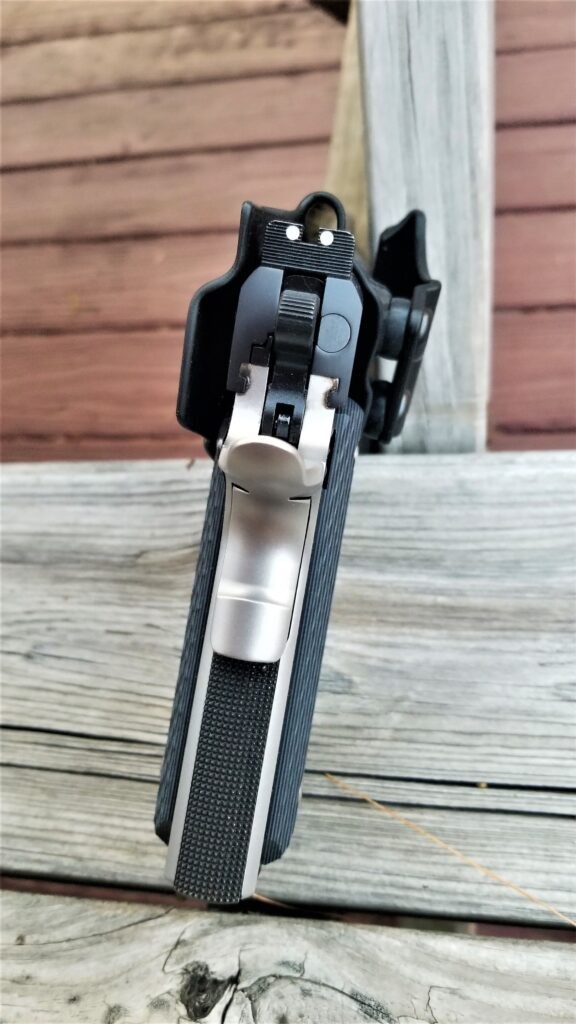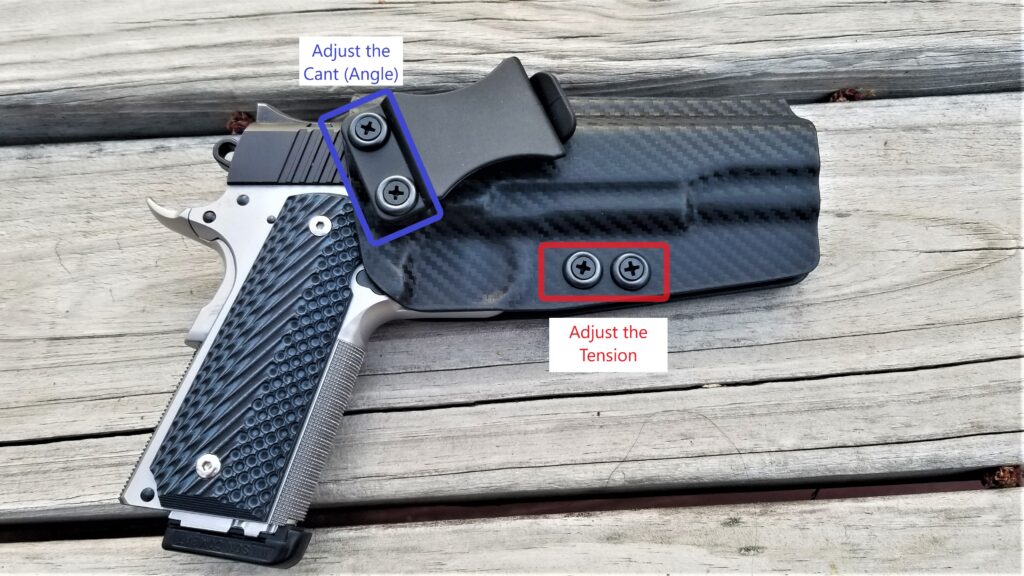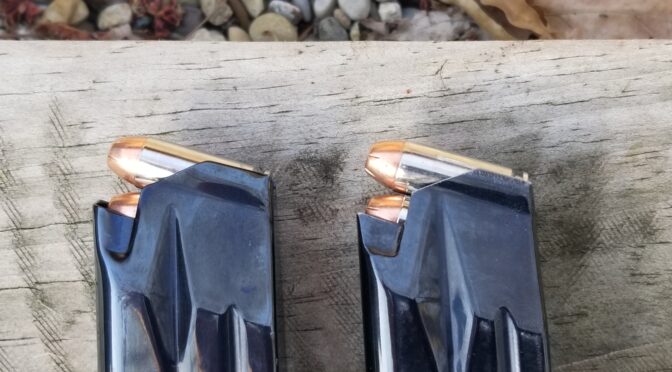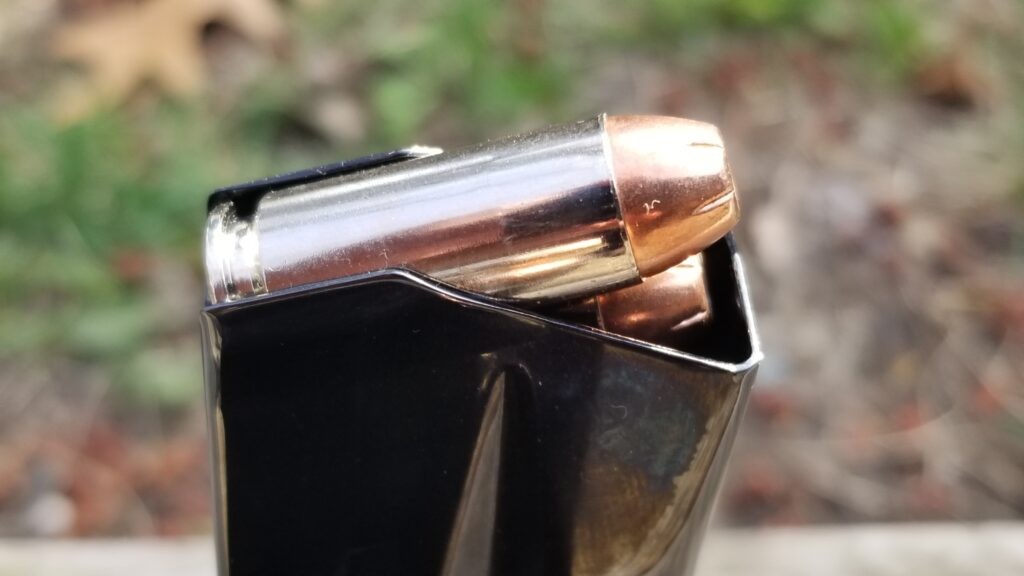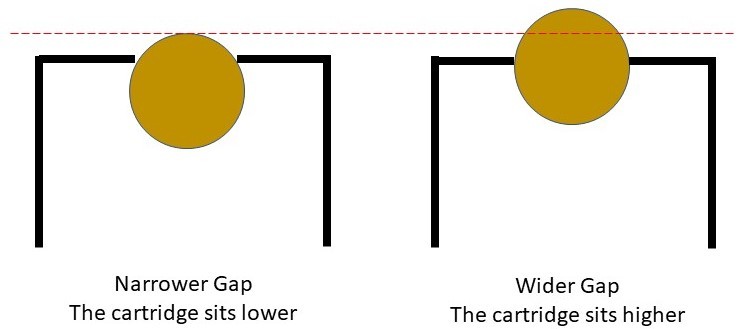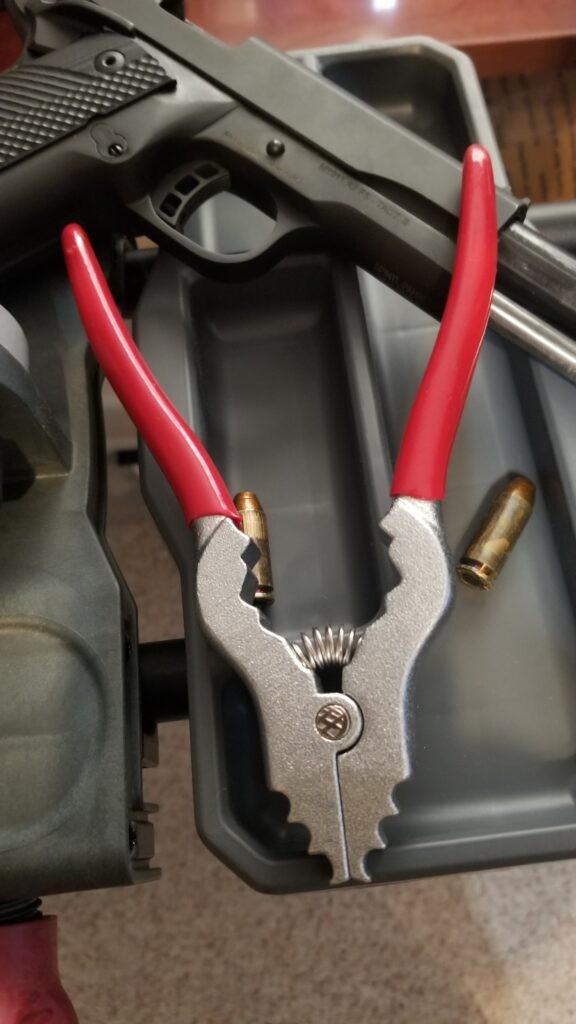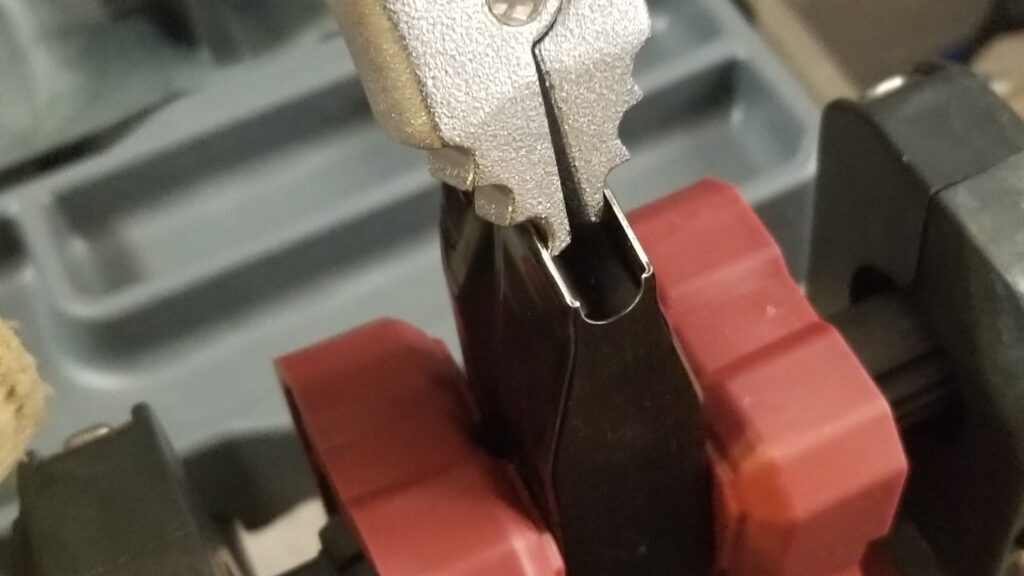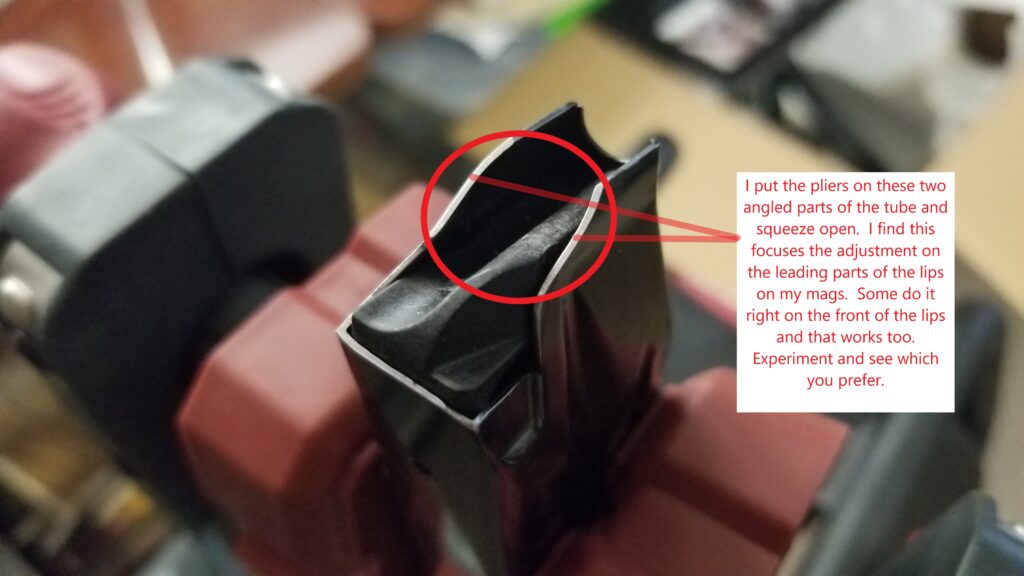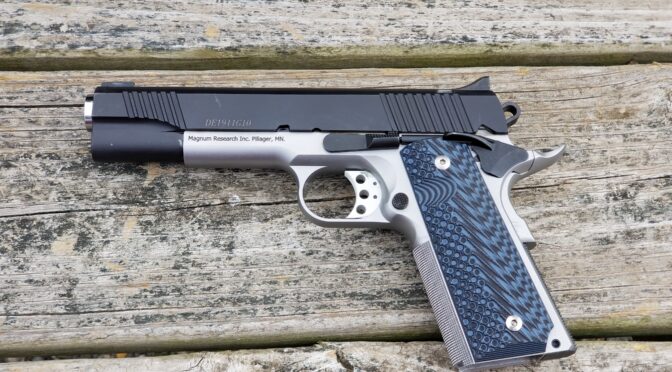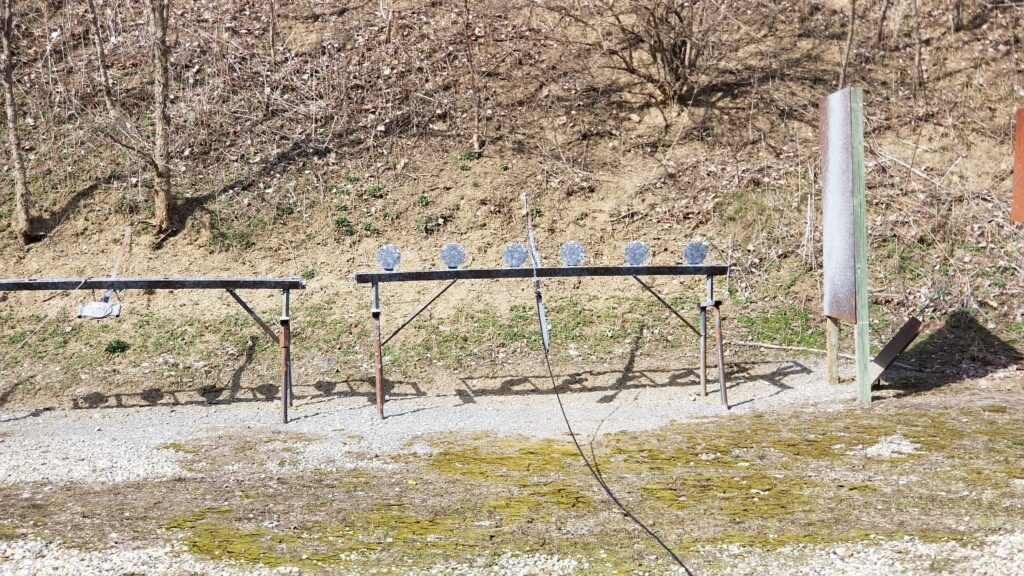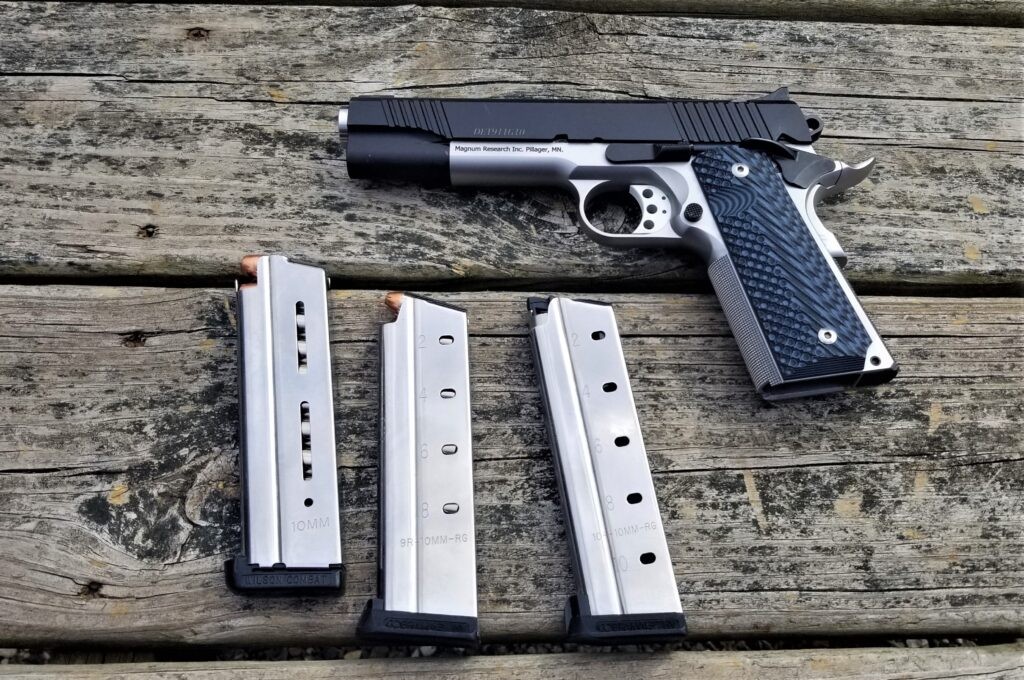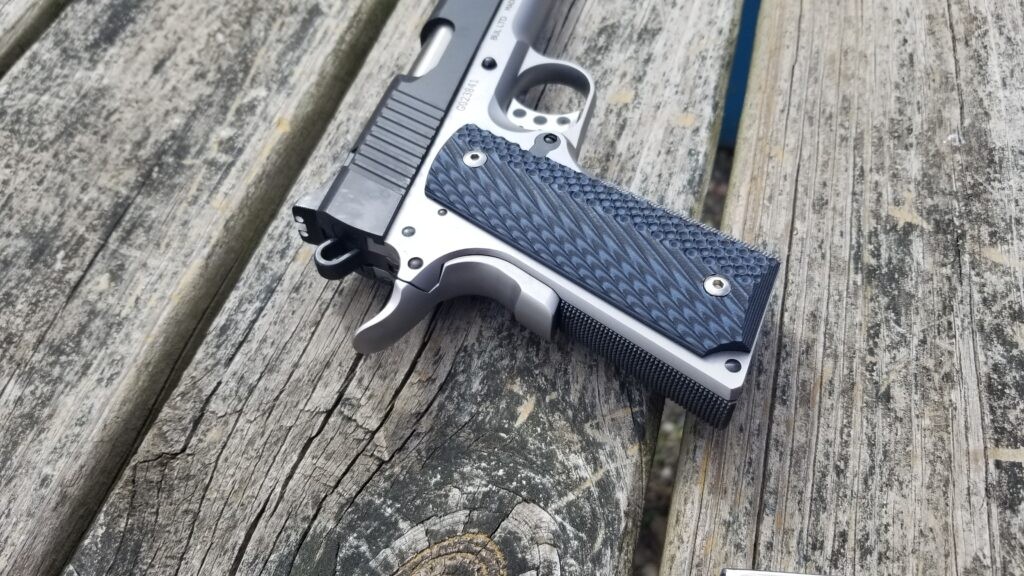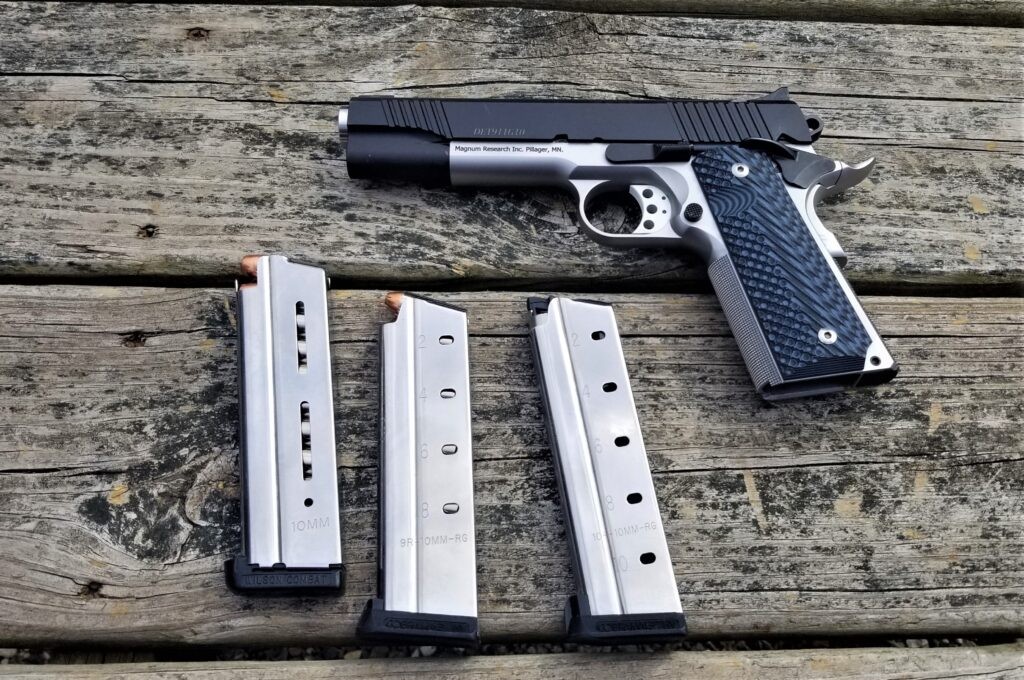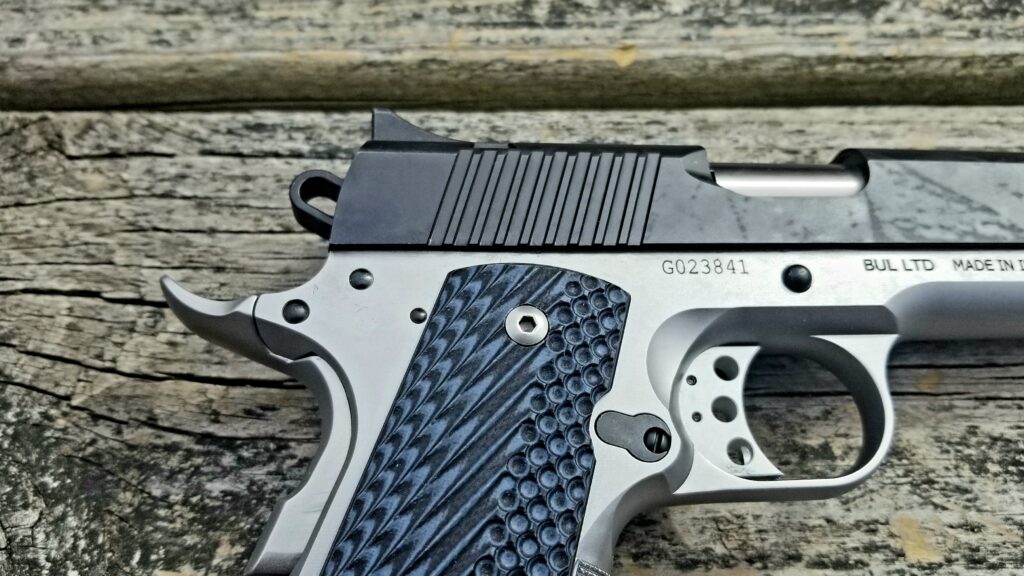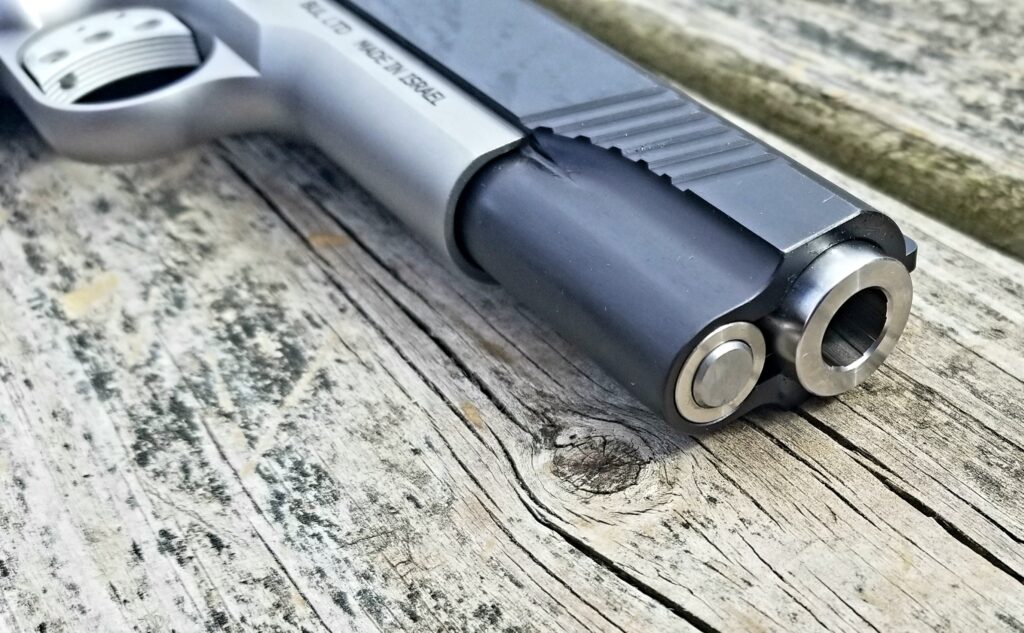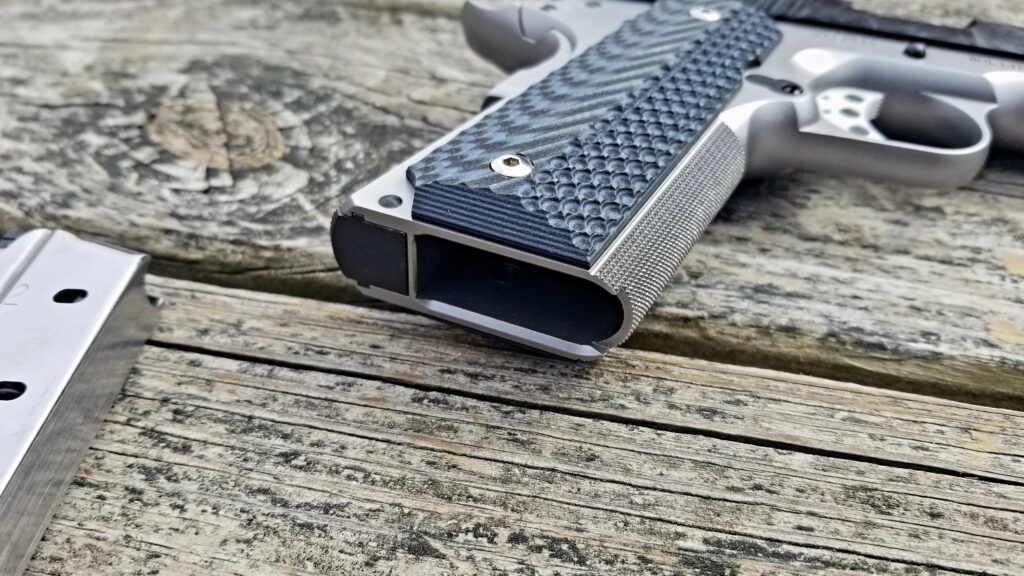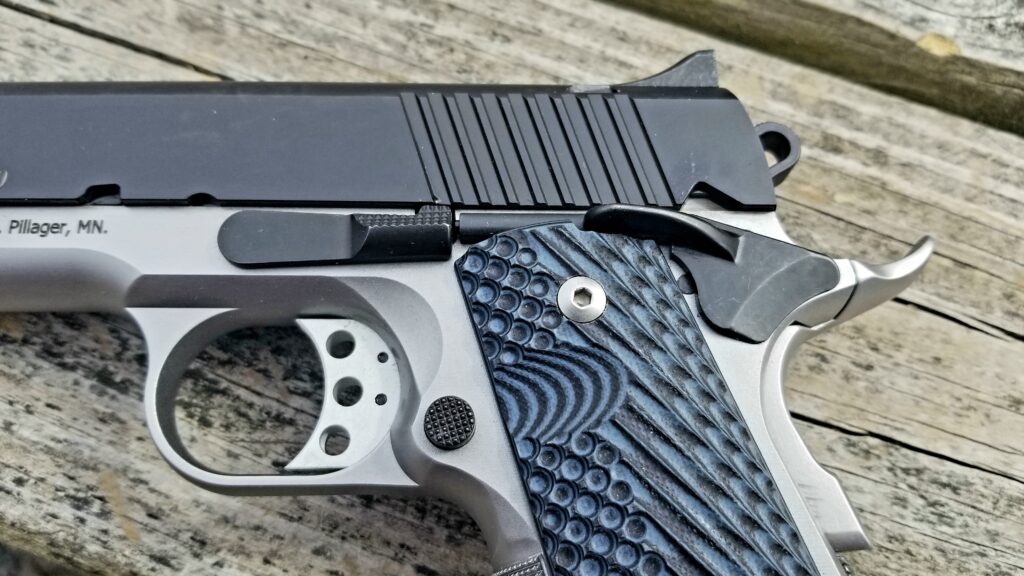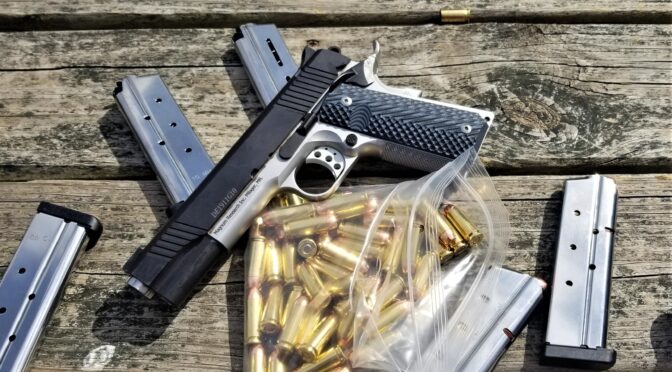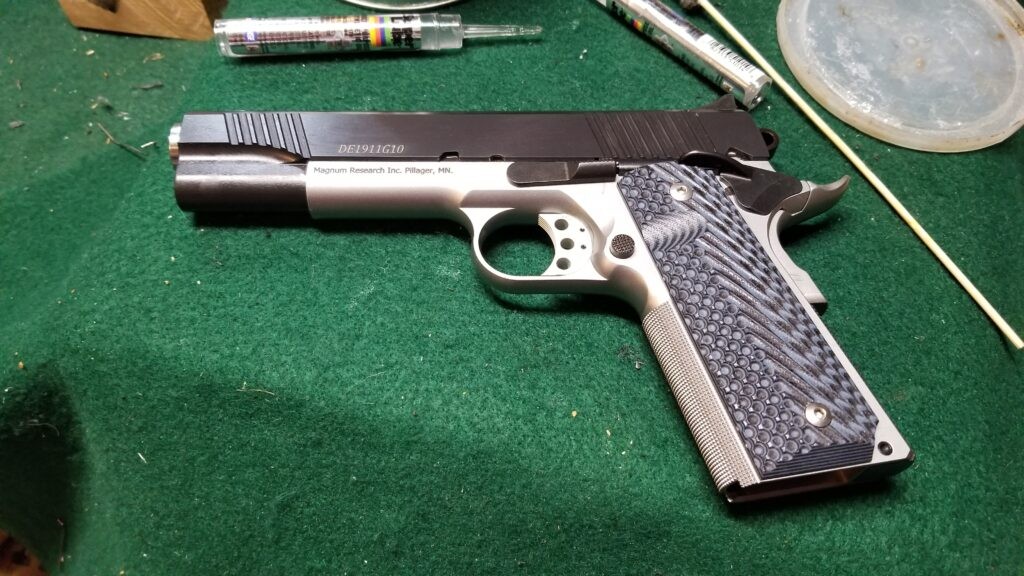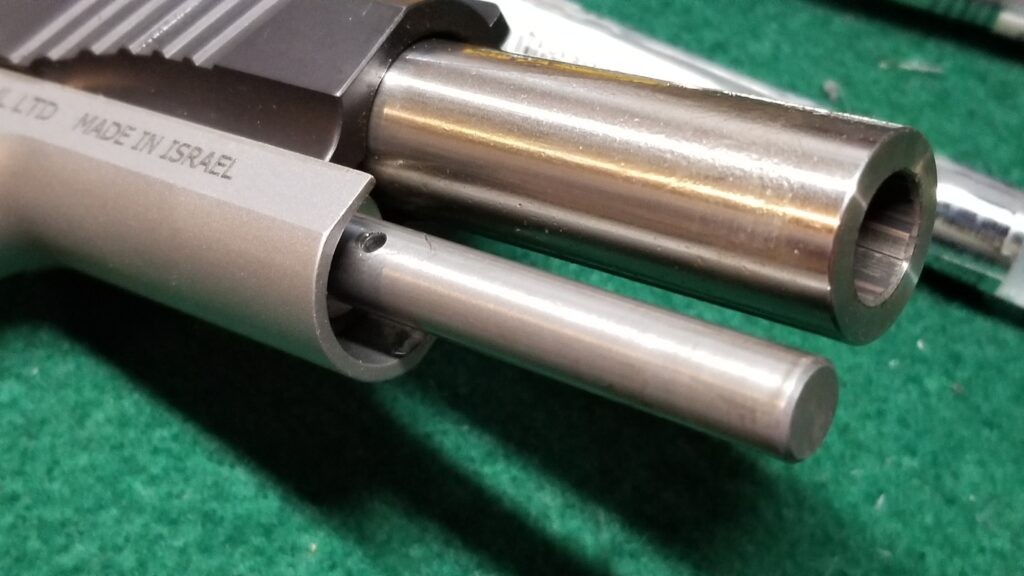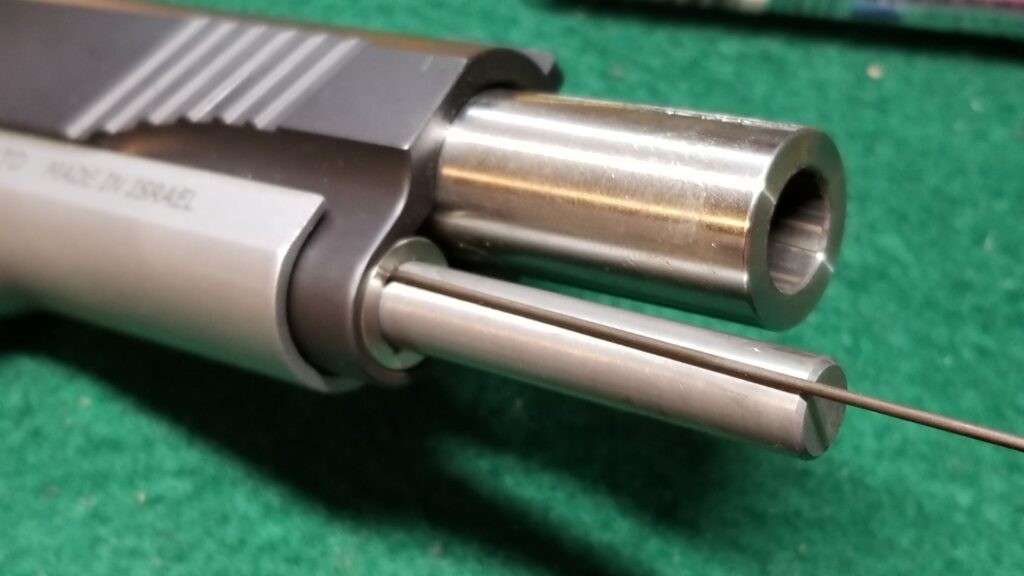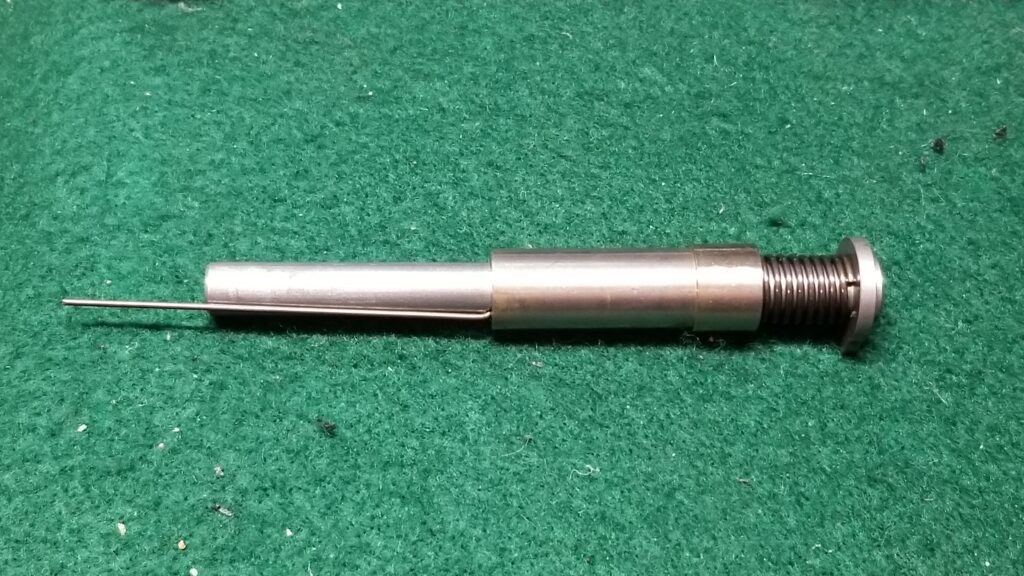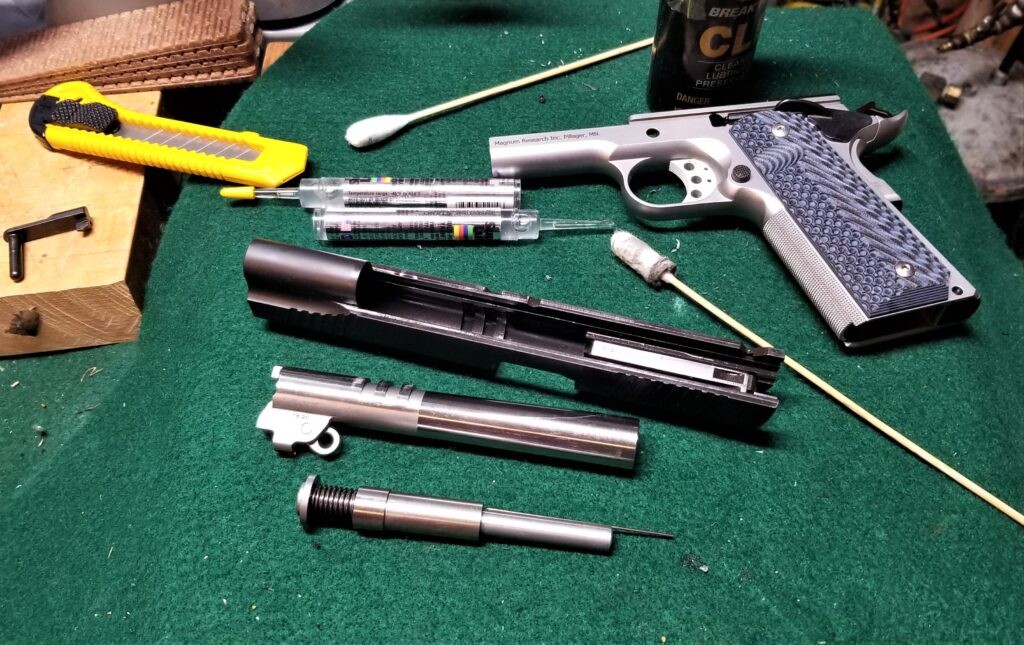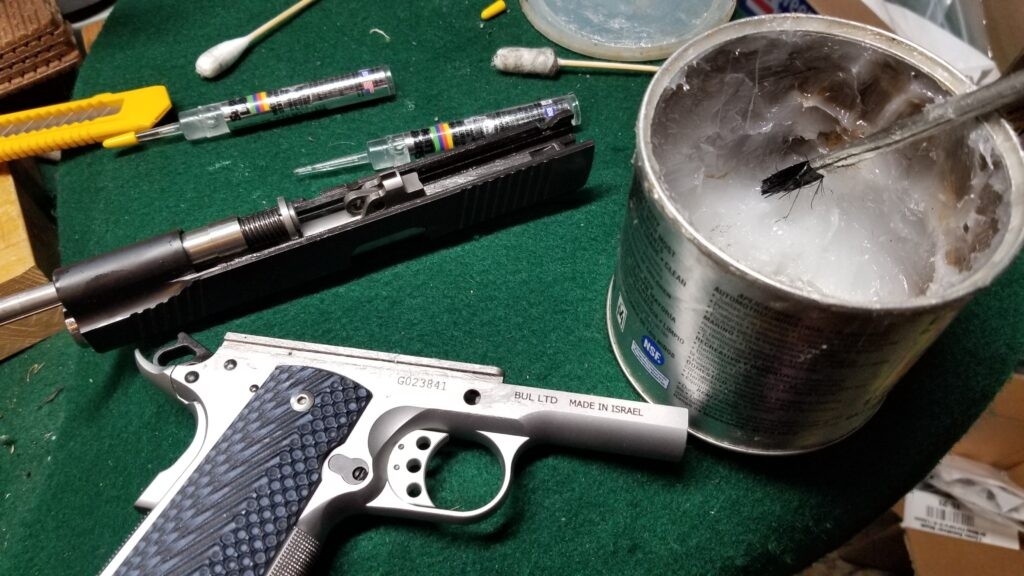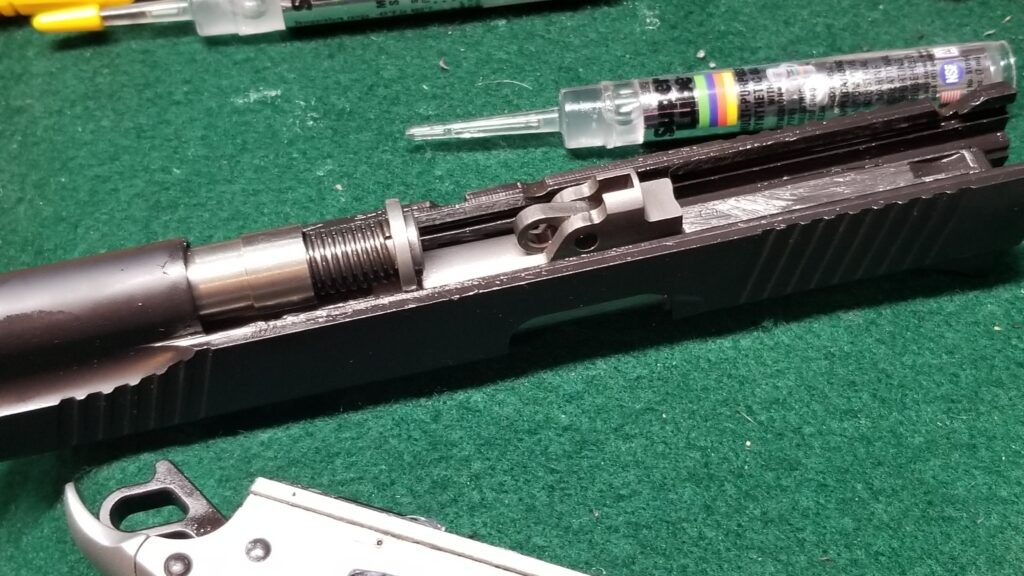Ok folks, I want to be up front about concealed carrying a full size 1911 – in my case a Desert Eagle 1911 in 10mm (DE1911G10) made Bul Armory in Israel. You will never wonder “Did I remember to put my pistol on?” Why? Because it weights 2 pounds 15 oz with 9 rounds of 155gr Underwood HP ammo and no holster is why. There’s no wondering because you can feel the weight and the big pistol pushing into your side.
With that said though, I do like and trust the 1911 design and the 10mm Desert Eagle 1911 has operated flawlessly since I bought it. Seriously, it is a remarkable pistol. Since I do have a Concealed Pistol License (CPL), I wanted a couple of carry options and started with an inside the waistband (IWB) holster.
After doing a bit of digging on affordable options, I bought a Kydex IWB holster made by Concealment Express off Amazon (I’ve since found that if you sign up for their newsletter from their website they will email you a 10% off coupon code for “joining the club” plus they do have good sales from time to time so you ought to check them out). To cut to the chase, I really like it and want to share some information with you about the holster.
Concealment Express is located in Jacksonville, FL, and makes their own holster. What I think makes them different is that they CNC machine their own aluminum molds so this lets them really pay attention to the details of the firearm and dial in their process for making them. Amazon carries a ton of their models – click here.
I used to make Kydex holsters but it was more of a artisan craft approach vs. cranking them out in a manufacturing setting. The reason I mention this is that I like their designs and their attention to detail.
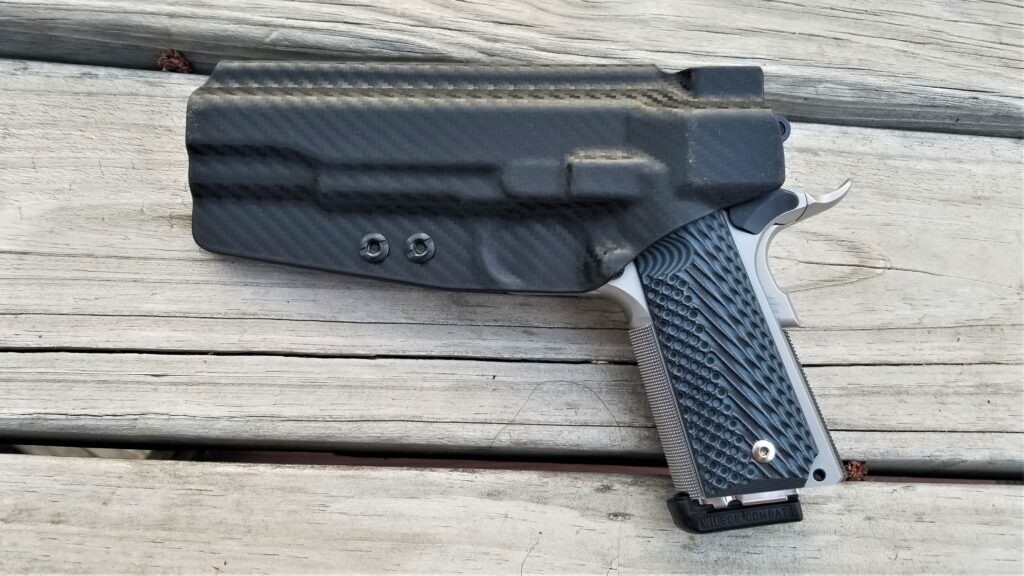
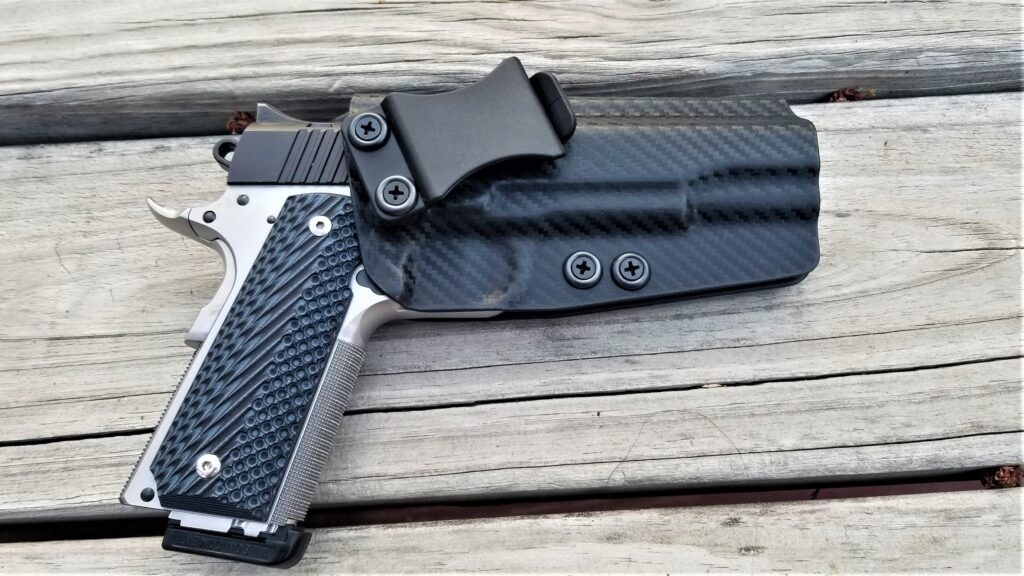
Boltatron
Kydex is a brand name of thermal plastic that can be heated and shaped. It’s also become a bit of a catch-all term for plastic holders but there are differences including holsters that are actually injection molded.
In the case of this holster, the material is a 0.80″ thick thermal plastic known as “Boltaron” and it has some cool characteristics. Kydex can get brittle when cold and may crack when dropped plus in high heat (for example, when a hot barrel gets inserted into the holster), Kydex might soften and deform. Boltaron does not get brittle when cold and doesn’t form/deform until a higher temperature.
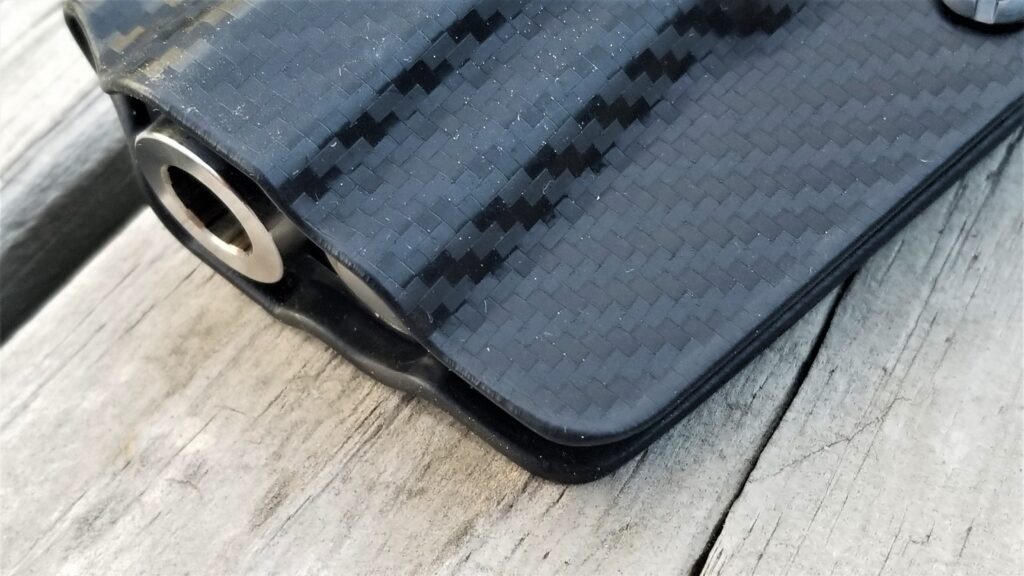
Safety Details
Okay, when I carry a 1911, it is locked and loaded – there is a round in the chamber and the hammer is cocked. Now the 1911 design has two safeties and I really need to rely on them when I have a loaded 10mm in my pants – yes, I can think of a lot of jokes with that comment too but am not going there 🙂 It has the grip safety and a thumb safety just under the rear of the slide.
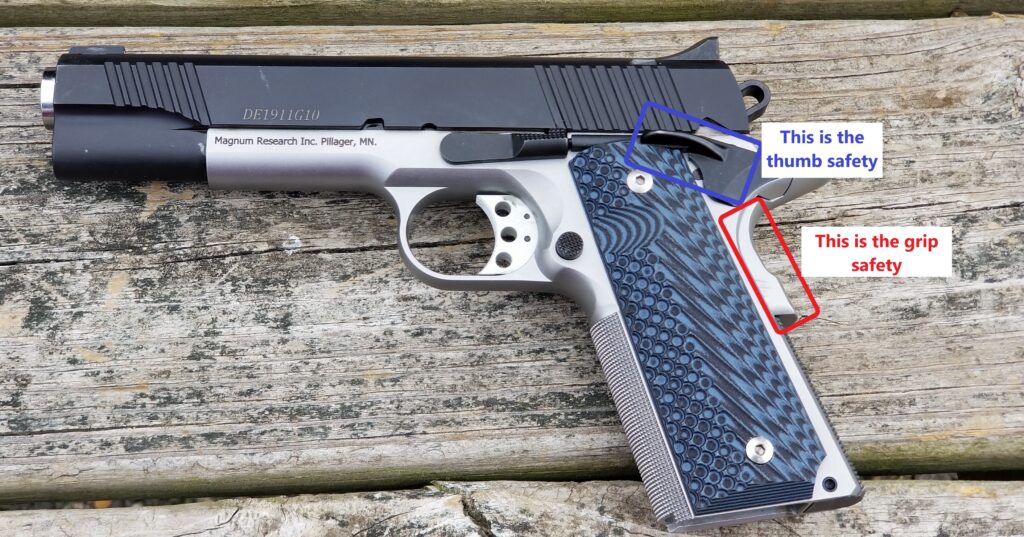
There’s not much you can do to safeguard the grip safety but I really prefer to have something protecting the the thumb safety to keep it from accidentally getting switched from safe to fire. Concealment Express designed their holster to safeguard the thumb safety.
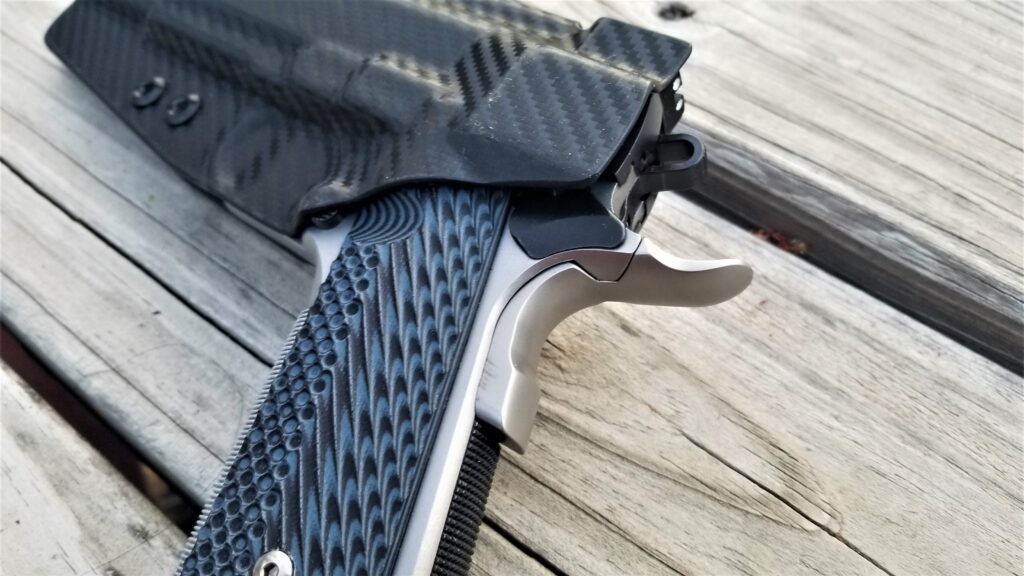
Adjustments
They designed in two things you can adjust – the cant of the belt clip and they also have two screws that you can use to adjust the tension to make the pistol easier or harder to draw. When you tighten down the screws, the tension increases by drawing the two sides of the holster together. When you loosen the screws, the Boltaron wants to open back up and it becomes easier to draw the pistol.
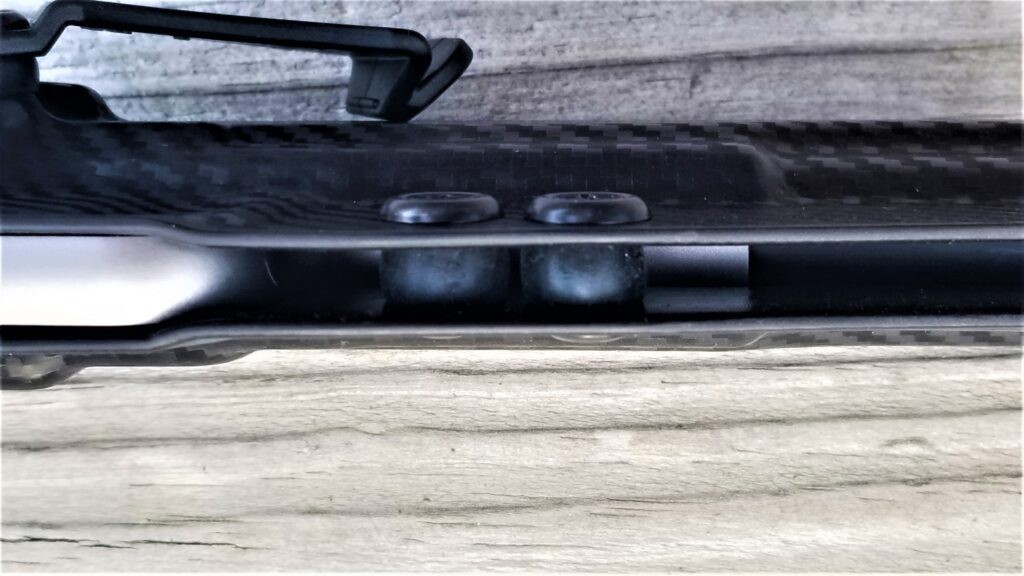
One important comment – always apply thread locker or the screws will slowly loosen over time. You can assemble with a blue medium strength compound like Blue Loctite or you can use a wicking medium-strength formula that is very then and is drawn back into the threads via capillary action. Never use red or permanent thread locker – those require heat to be removed and heat is not something you really want around thermal formed plastics.
What 1911s Does It Fit?
As an aside, it does not fit my RIA 52009 for example – that is 16-round Para-inspired design that is more like a 2011 with a much wider grip. If I heated the holster up at the top with a heat gun and made it wider at the top, I could probably get it to work. I just point that out for folks wondering if this would work with one of the bigger 2011-style frames.
Conclusion
Plain and simple, the Concealment Express 1911 Government IWB holster is a perfectly decent holster. It’s built nicely and is easy to carry (albeit with a heavy pistol). “Is that a 1911 in your pants or are you just happy to see me?” springs to mind 🙂 At any rate, I’d recommend and will continue to use it myself when I do carry this big pistol.
Concealment Express Makes Many Holster Models
I’m impressed by their approach and plan to buy one for my Glock 29 Gen 4 and will report back on my experiences. Click on the following ad to go to their website:
Note, I have to buy all of my parts – nothing here was paid for by sponsors, etc. I do make a small amount if you click on an ad and buy something but that is it. You’re getting my real opinion on stuff.
If you find this post useful, please share the link on Facebook, with your friends, etc. Your support is much appreciated and if you have any feedback, please email me at in**@*********ps.com. Please note that for links to other websites, we are only paid if there is an affiliate program such as Avantlink, Impact, Amazon and eBay and only if you purchase something. If you’d like to directly contribute towards our continued reporting, please visit our funding page.
